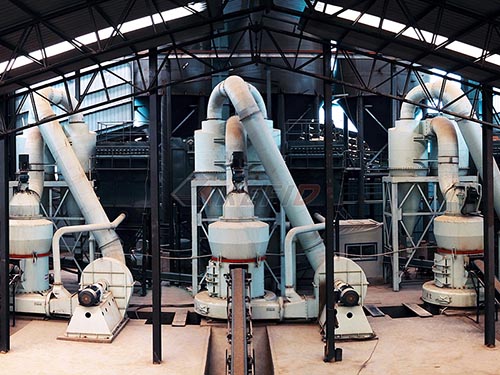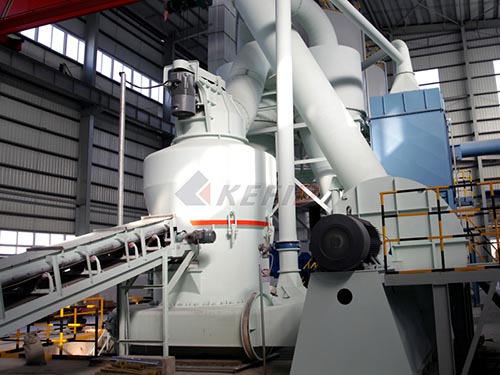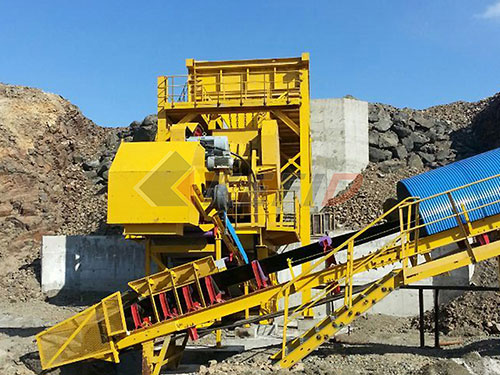The Unseen Powerhouses: A Deep Dive into Rock Crusher Balls
In the vast panorama of industrial machinery and mineral processing operations, certain components operate largely out of sight yet bear an immense burden of responsibility. Among these unsung heroes are rock crusher balls, also known more technically as grinding media or mill balls. These deceptively simple spheres are fundamental workhorses within ball mills and SAG (Semi-Autogenous Grinding) mills across mining, cement production, power generation (coal pulverization), and chemical processing industries worldwide. Their relentless pounding is the engine driving raw ore transformation into valuable concentrates or finely ground powders essential for modern civilization.
Beyond Simple Spheres: The Core Function
At its essence, a rock crusher ball exists to transfer kinetic energy efficiently through impact and abrasion within a rotating mill chamber filled with raw material (ore clasts) and often water or slurry.
1. Impact: As the mill rotates (typically at 65-85% of critical speed), balls are lifted by mill liners before cascading or cataracting down onto the charge below.
2. Abrasion: Between impacts, balls roll against each other and against the mill liners and ore particles shearing finer particles away through friction.
3. Size Reduction: This combined action fractures larger rocks into progressively smaller fragments through compressive stress at impact points and attrition during rolling/sliding contacts.
4. Liberation: Crucially in mineral processing this grinding action liberates valuable minerals from waste gangue rock making subsequent separation possible via flotation leaching etc

The efficiency of this entire comminution process hinges critically on the performance characteristics durability reliability consistency cost effectiveness over time lifespan longevity maintenance intervals replacement frequency downtime costs operational expenditure optimization potential total cost ownership TCO analysis return investment ROI calculations etcetera all heavily influenced directly indirectly significantly profoundly by quality suitability appropriateness selection deployment monitoring management practices surrounding grinding media specifically rock crusher balls themselves

Engineering Excellence Forged in Fire & Steel
Far from being generic steel spheres rock crusher balls represent sophisticated metallurgical engineering tailored meticulously precisely rigorously scientifically analytically empirically based upon application demands operating conditions economic constraints environmental considerations safety imperatives regulatory compliance requirements sustainability goals corporate social responsibility CSR frameworks etcetera manufacturing methods include:
1 Forged Steel Balls
Process High carbon low alloy steel billets heated intensely then hammered pressed forged under extreme pressure tremendous force immense tonnage hydraulic presses forging hammers drop hammers etc

Leave a Reply